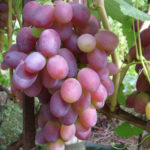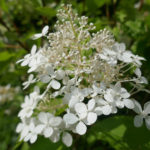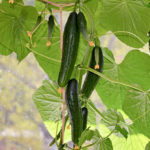Rose Landora
Hybrid tea roses with yellow flowers are very popular today both among florists and landscape designers and among florists. One of the best varieties of the flower queen in this group is Landora. Wherever you plant it, the decorative perennial will always beckon to itself like a bright sun.
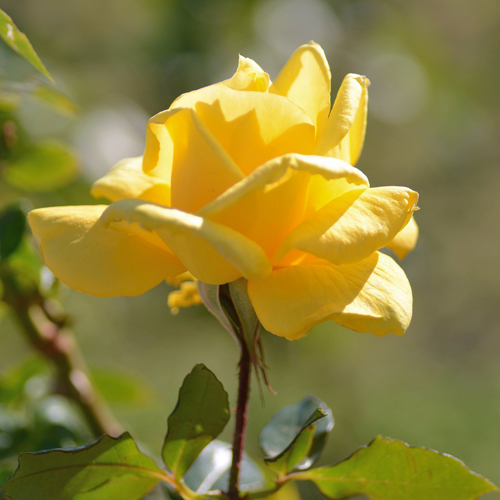
History of origin
The elegant Landora appeared thanks to the selection work of the employees of the Tantau rose-growing company, located in Germany. The breeding of the variety took place in the 1970th year. For this reason, we can safely say that it is time-tested. This culture is especially loved by European flower growers: they prefer it much more often than other yellow roses. The synonymous name for the tea hybrid is Sunblest. The variety has many awards on its account, in particular the New Zealand Gold Medal and the Gifu Gold Medal.
Description of appearance and features
Landora is a real beauty. Its flowers are simply incomparable: double, up to 12 cm in diameter, regular shape, consisting of 38-47 rich yellow pointed petals. They are formed one by one on each stem of a powerful shrub, less often - in brushes of 7 pieces, and look harmoniously against the background of light green, shiny foliage. At the bud stage, the flowers are graceful, elongated, and when fully open, they become loose and show a center with stamens located in it. They dissolve rather slowly, but remain attractive at any point in the process. The shade of the inflorescences is clear and deep. Due to the play of light between the petals bent from the center, golden highlights are noticeable. On the bush, the flowers retain their graceful shape, brightness and freshness for a long time. Rose bloom lasts from late June to mid-autumn and has an undulating character. The aroma of flowers of this plant is light, floral.
The height of our heroine varies from 100 to 125 cm. The width of her crown is usually at least a meter. The perennial shoots are quite strong and strong, therefore they do not need to be tied up during the period of winds and abundant flowering. There are few thorns on the branches of the bush, but they are quite large. Landora is disease resistant, but often falls prey to black spot, its resistance to which leaves much to be desired. The color of the flowers does not lose its intensity and evenness under the influence of direct sunlight. The rain hardly hurts them, unless it is strong and lingering. From prolonged heat, the petals can sinter. The winter hardiness of the rose is not too high: up to -20.6 ° C - so Landora requires shelter for the winter.
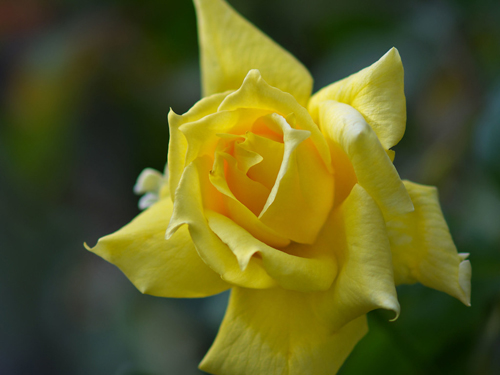
Growing and care
A moderately lit or semi-shaded place will be an ideal haven for a tea hybrid. It is not recommended to completely deprive the shrub of the sun's rays by placing it in the shade - in this case, it will hardly please you with a beautiful and lush flowering. It is important that the sector of the site chosen for planting a rose is protected from gusty winds and cold drafts.
Perennial requirements for soils are also high. Best of all, a spectacular beauty grows on fertile, drained, moisture-absorbing, slightly acidic soil. It is good to use black soil for this purpose. If this is not possible, prepare the soil mixture by adding humus, peat, sand and turf soil to the usual garden or garden soil. The depth of the planting pit is made about 50 cm or more, so that the root system of the plant is not cramped in it. The drainage layer is made up of gravel, perlite or fine crushed stone, which would be nice to combine with sand in equal parts. After planting is complete, the rose bush must be watered abundantly with water heated in the sun, and then the soil around the culture must be mulched with peat or mowed grass.
Care for the charming queen of Landora flowers is standard: the plant needs watering, fertilizing, annual pruning and weeding. Landora will also benefit from loosening and mulching the soil under the bush. The water used for irrigation must be properly settled. Moistening the soil under the crop with hard water will result in salinization of the soil.Fertilizers are needed for shrubs, both organic and mineral, only the first should be applied under the plant in spring, and the second - during the summer. Pruning is carried out for sanitary purposes, for thinning and rejuvenation of the bush. With the onset of spring, all defective and non-viable shoots are removed from the plant. In the summer, faded inflorescences are subjected to the same procedure.
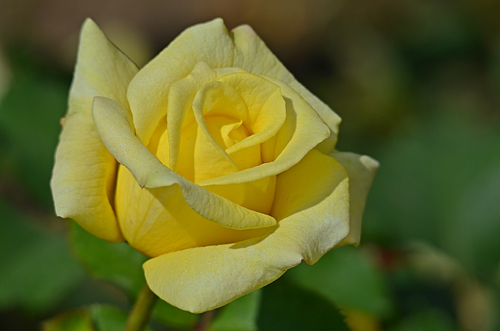
Shelter for the winter culture must be of high quality. First, all the strong branches of the perennial are shortened, then the rose is covered with earth - always dry, not wet. And, finally, the bush is insulated with spruce branches, dry foliage of trees or any non-woven material: spunbond, agrospan, lutrasil, geotextile
Preventive treatment of Landora's shoots from pests and fungal diseases also takes place in the care of the crop. For this, solutions of insecticides and fungicides are used. Spraying the plant is carried out 2-3 times during the spring-summer season.
Use cases
A beautiful yellow rose will perfectly fit into any design of a garden, park, square or flower garden. It will decorate a green grass lawn, both in groups and as a single bush. Combinations of plants of this variety and evergreen crops are incredibly good. Landora is a suitable element for shrub and mixed compositions, as well as mixborders, rabatok. Her companions can be geychera, yasnotka, geraniums, hosts, daisies and cuffs. The contrast of noble culture and plants is magnificent, the inflorescences of which are painted in lilac, purple, blue, blue, red tones. These are lavender, thyme, various types of sage, salvia, forget-me-nots, bells, irises, clematis. The European beauty looks good in a company with milkweed, tansy, goldenrod, mullein, heliopsis, highlander, veronicastrum, cloves, stethosis, monarda, some varieties of paniculata phlox (Europa, Wilhelm Kesselring, Dorffreude), verbena, wildflower ... From deciduous shrubs, stop your choice on the crown mock orange, lilac, brilliant cotoneaster, honeysuckle, viburnum, common privet, Thunberg barberry, viburnum leaf, black elderberry. Landora is used to decorate hedges, decorate the facade of a dwelling; placed at the front door, along the fence, near the gazebo.
Cut yellow rose flowers on long, sturdy peduncles stand in water for up to two weeks. Florists use them to create luxurious bouquets that can give a festive mood to those who will become the happy owner of such a cheerful flower arrangement.
